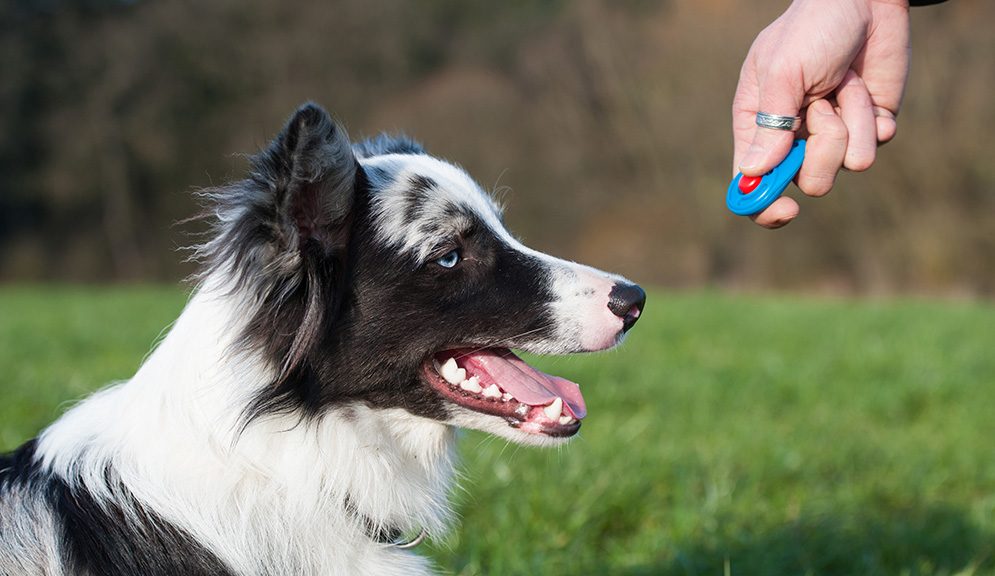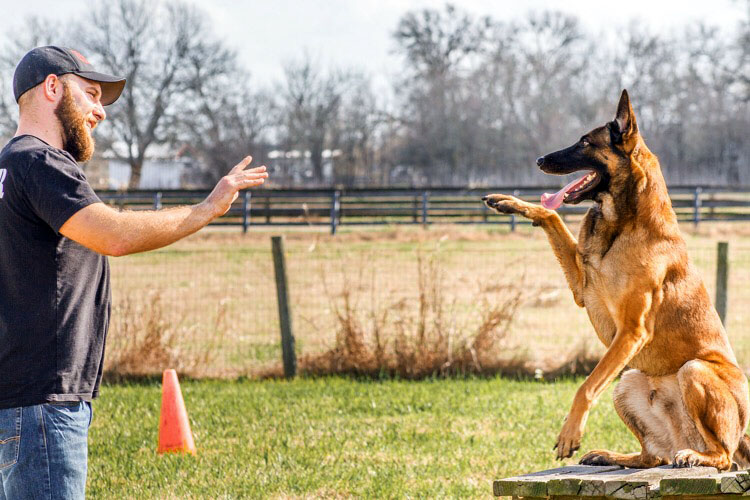Necessary Tips for Successful Dog Training: An Overview for Pet Dog Owners
Effective pet dog training is a complex procedure that requires a tactical method tailored to both the animal's personality and the owner's objectives. Trick elements such as developing regular commands, using favorable support, and helping with early socialization play vital functions in cultivating a well-adjusted canine friend. Many animal proprietors run into obstacles that can hinder progression, leading to aggravation and unpredictability. Understanding just how to browse these challenges can considerably enhance the training experience, ultimately transforming the relationship in between owner and dog. What are the necessary methods that can be used to make certain success in this venture?
Recognizing Canine Behavior
Comprehending pet dog actions is important for reliable training and cultivating a harmonious connection in between canines and their owners. dog training. Canines connect largely through body language, vocalizations, and activities, making it essential for owners to translate these signals precisely.

Socialization plays a significant role in dog actions; direct exposure to numerous settings, individuals, and other animals can dramatically influence a pet's personality. Aspects such as breed features and private temperament should lead training techniques, as some breeds might have certain behavior attributes that necessitate customized approaches. By comprehending these elements, proprietors can develop a helpful atmosphere that encourages positive actions, leading to effective training results and a deeper bond with their pet dogs.
Developing Regular Commands
Effective interaction with your canine starts with establishing constant commands. This foundational aspect of training is essential for promoting understanding in between you and your pet dog. Consistency in the commands you use guarantees that your pet can reliably connect particular words or phrases with the preferred actions.
When selecting commands, choose clear, distinctive words that are simple to claim and distinguish from each other. Stay clear of using similar-sounding commands that might perplex your dog. Using "sit" and "remain" is ideal, but "sit" and "hit" could lead to misconceptions.
In addition, maintain the same tone and volume for every command. Pets are delicate to vocal cues, so varying your tone can produce complication.
It is similarly essential to guarantee that all household members are on the very same web page relating to the commands made use of. A united front in command use will certainly avoid mixed signals and enhance the understanding procedure.
Positive Reinforcement Strategies
The power of positive support in canine training depends on its capability to encourage wanted habits with incentives and praise. This strategy is grounded in the principle that actions complied with by beneficial end results are more probable to be repeated. By incorporating favorable reinforcement right into your training regimen, you can properly form your pet dog's behavior in a useful way.
To execute favorable support, it's vital to recognize what encourages your canine, whether it be deals try this website with, playthings, or spoken praise. When your pet dog executes a preferred activity, such as sitting on command, immediately award them with a treat or love. This association between the command and the positive result strengthens their understanding.
It's critical to timing the benefits properly; delivering the reinforcement within secs of the wanted habits aids your canine make the link (dog training). In addition, uniformity is vital-- make certain that all relative utilize the very same commands and reward systems to stay clear of complication

Progressively, you can lower the frequency of treats as your pet dog finds out the behavior, transitioning to praise or periodic incentives. This approach not only fosters a strong bond between you and your pet dog yet additionally promotes a positive learning setting, making training an enjoyable experience for both.
Socialization and Communication
Consistently revealing your pet to a selection of environments, people, and other animals is vital for their social growth. Socializing needs to start early, preferably during the important home window of 3 to 14 weeks, when young puppies are most responsive to new experiences. Nevertheless, older canines can likewise gain from ongoing socialization initiatives.
Introduce your dog to different setups, such as parks, pet-friendly stores, and urban areas. This exposure helps them adapt to different stimuli, decreasing anxiousness and fear actions. Motivate positive communications with various other canines and individuals, making certain that these experiences are regulated and secure to promote confidence.
Utilize structured playdates with genteel canines, as this can enhance your pet dog's social skills and teach them ideal habits. Obedience courses and training sessions likewise provide exceptional chances for socializing, allowing your pet to interact with others in a monitored environment.
Monitor your pet dog's body language throughout interactions, as this will certainly help you determine their comfort degree. Gradually enhance direct exposure to more challenging scenarios while ensuring that each experience declares. A well-socialized canine is more probable to exhibit balanced habits, making them a pleasure to have in any setting.
Addressing Typical Training Obstacles
Every pet dog owner will certainly come across training challenges at some time, no matter their dog's age or socialization level. Determining common problems such as stubbornness, disturbances, and fearfulness can help in creating effective methods for renovation.

Distractions during training sessions can derail focus. To fight this, start training in a quiet environment with minimal stimuli. Gradually introduce interruptions as the canine becomes more proficient in commands. Short, frequent training sessions are also reliable in maintaining focus.
Fearfulness can hinder a pet's understanding process. Gradual desensitization to the resource of anxiety, matched with positive support, can help minimize anxiousness. Persistence is important; never compel a pet dog right into a scenario that triggers distress, as this may worsen the problem.
Ultimately, understanding and addressing these usual difficulties with a structured technique will foster a more productive training experience, reinforcing the bond between pet dog and owner while advertising effective discovering.
Final Thought
In summary, successful dog training depends on a comprehensive understanding of canine actions, the establishment of consistent commands, and the application of favorable support methods. Socialization plays an important role in developing well-adjusted family pets, while attending to typical training challenges needs patience and versatility. By carrying out these necessary methods, pet owners can foster a solid bond with their advice dogs and promote desirable habits, inevitably resulting in an unified relationship between people and their canine friends.
Comprehending dog habits is crucial for effective training and promoting an unified partnership in between canines and their proprietors.Socializing plays a significant function in pet dog actions; exposure to different atmospheres, individuals, and various other pets can significantly impact a pet dog's personality.The power of favorable support in pet training exists in its ability to urge wanted behaviors through benefits and praise. By integrating favorable support right into your training routine, you can properly form your pet's actions in a positive manner.
In summary, effective pet training counts on a comprehensive understanding of canine actions, the establishment of consistent commands, and the application of favorable support strategies.